An honest review after using the Breville Oracle Touch espresso machine for 6 months from an amateur home barista.
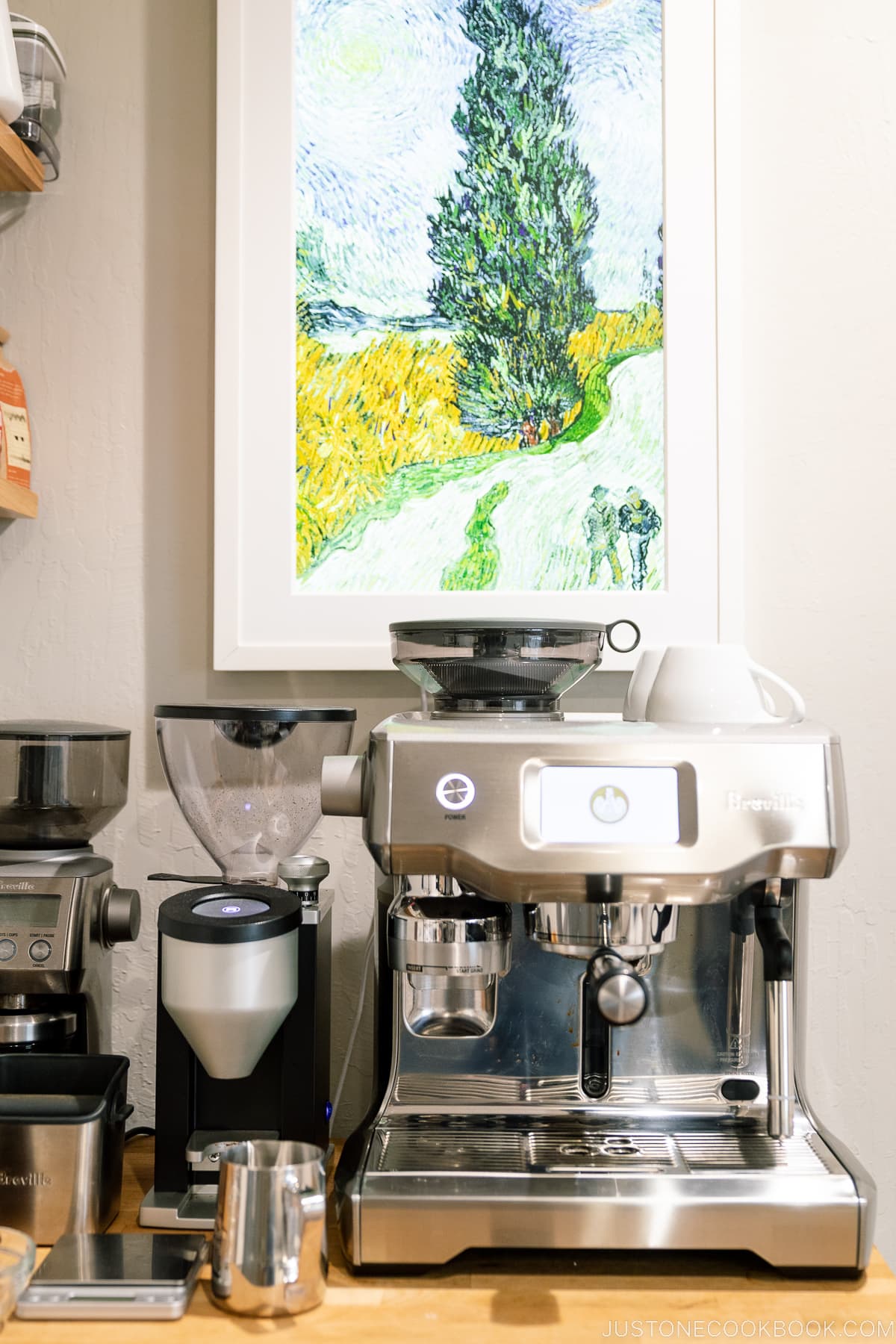
Our coffee-making journey over the past 15 years has us experimenting with various types of coffee machines and apparatus. We’ve had many different ones over the years and tried many ways of making coffee. From the standard coffee maker, a coffee maker that grinds beans before brewing, single-serve pods, French press, cold brew, and pour-over, we’ve tried them all.
After all the experimentation, we realize there’s really no correct or incorrect way for consuming coffee. It’s really up to each person’s preference for taste and what’s suitable for their life. A coffee maker that can be preprogrammed in the morning is great for a busy family on a tight weekday schedule. Whereas pour-overs are great for a relaxing weekend brunch.
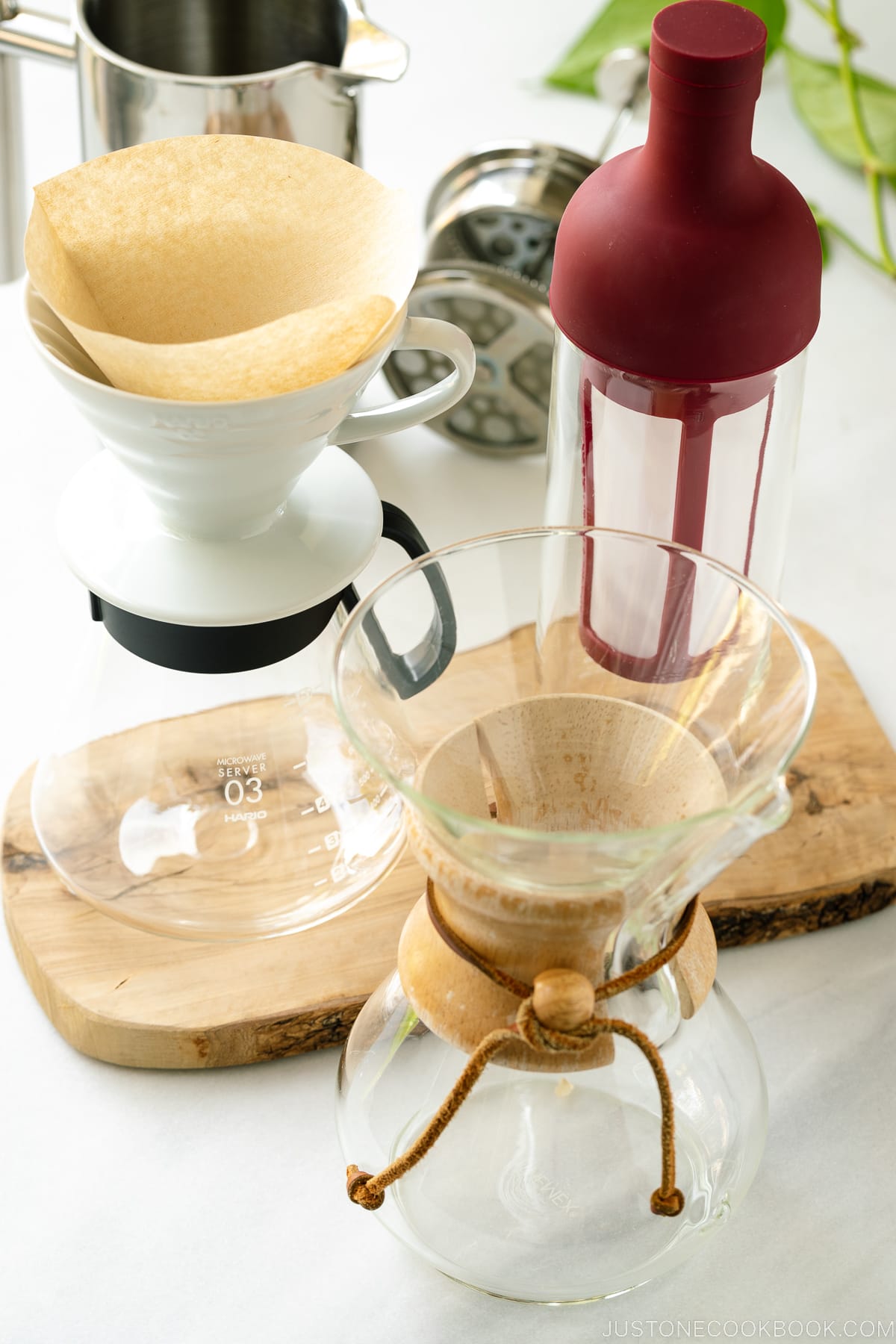
Buying The Espresso Machine – Breville Oracle Touch
As we continue on our coffee journey, we’ve always wanted an espresso machine at home but never pulled the trigger. The thoughts of learning how to use an espresso machine correctly, the cleaning and maintenance, and the cost had always prevented us from taking that next step.
About 6 months ago, over a few conversations, our friends who are coffee aficionados convinced us that making espresso shots and the machine maintenance is really not that much work. We started searching and decided on a Breville Oracle Touch. After 6 months of making coffee drinks daily at home with it, here is our honest review.
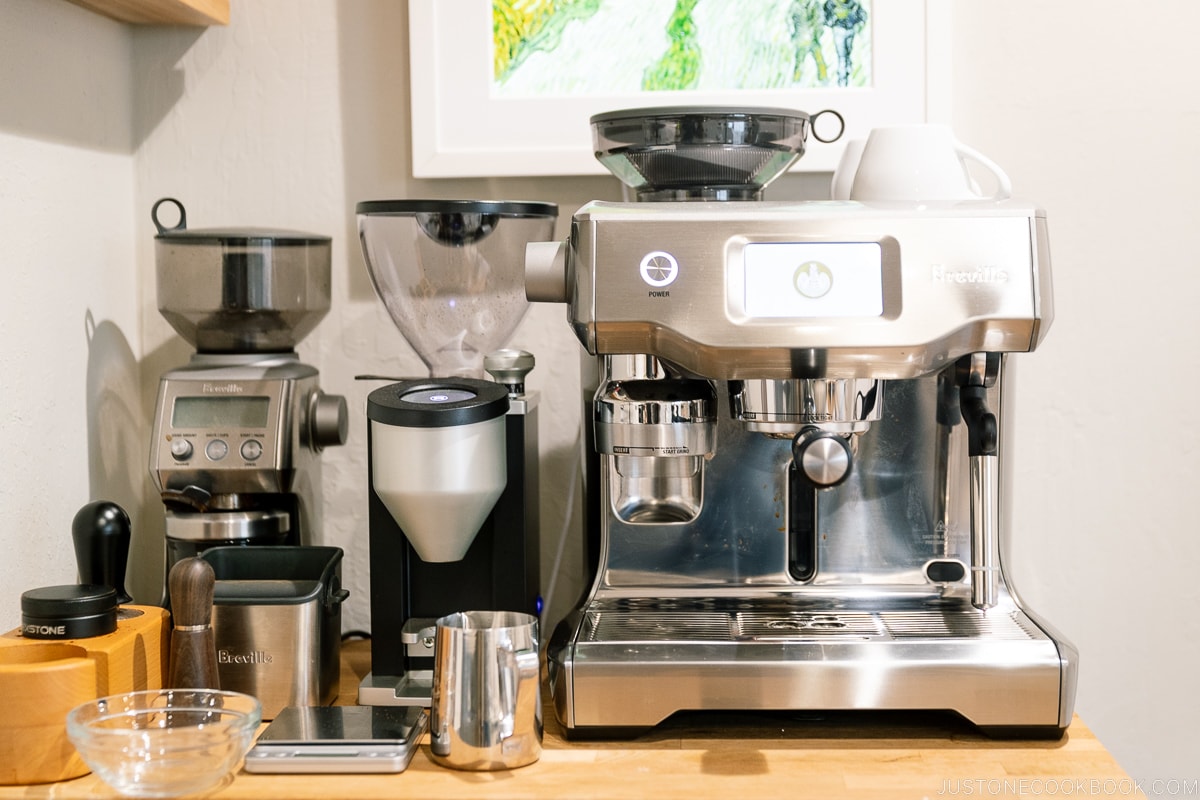
Disclaimer: Please note that I am not a coffee expert. The science of coffee—from roasting to various factors for creating the perfect shot of espresso—can fill up many books. If you are interested in learning more, here are helpful Youtube resources below. If there are any errors in my post, please let me know in the comments.
Youtube Espresso and Coffee Resources:
How Do Espresso Machines Work
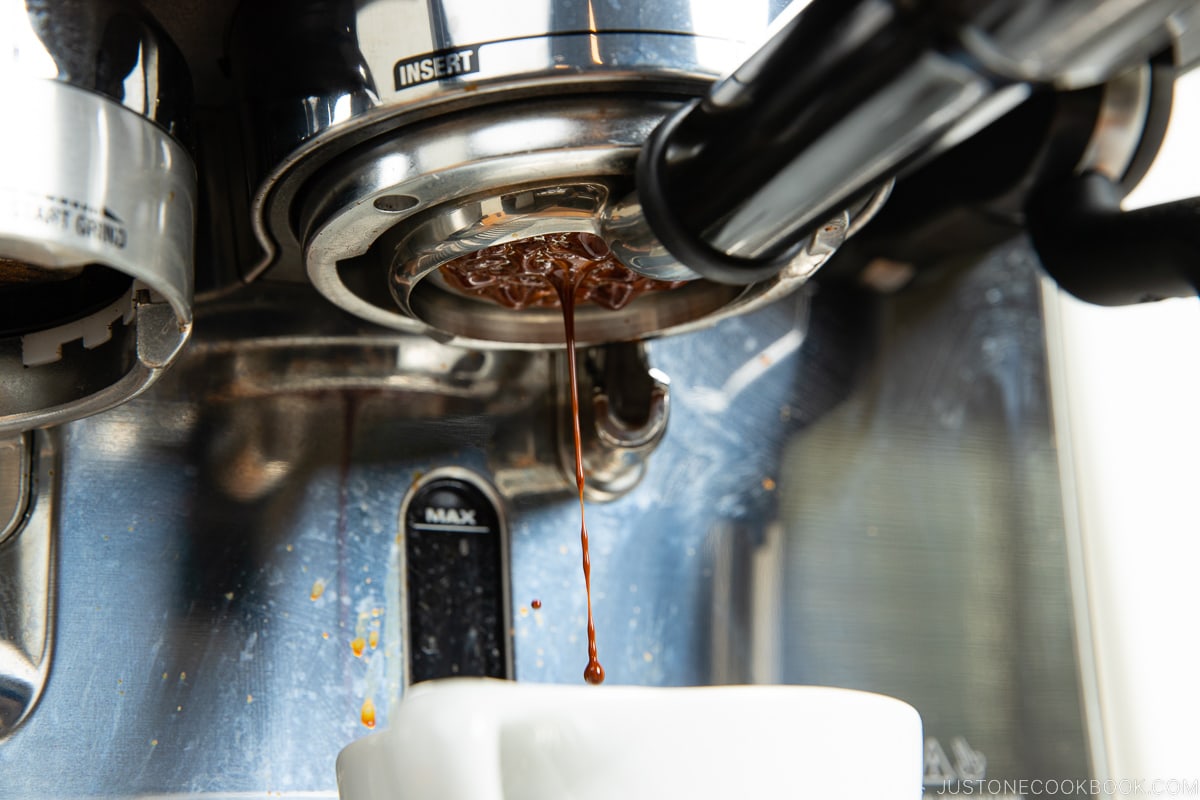
Simply put, an espresso machine makes coffee in a short time by forcing hot water through the coffee grounds. Steps of making an espresso shot:
- Coffee for espresso is ground into a portafilter with a filter basket
- Insert and lock the portafilter inside the espresso machine
- Infuse the ground with water for a few seconds
- Hot water is forced through coffee grounds for 25-35 seconds at over 120 PSI (pound-force per square inch)
The challenge to pulling a good espresso shot is with how fine to grind the coffee beans and how long to extract them. If the coffee ground is too coarse, it could be under-extracted and the espresso will be sour and watery. Conversely, if the coffee ground is too fine, the espresso may be over-extracted and become too bitter. Not to make it more complicated, but perfectly ground beans can be bitter or sour if the extraction time is too long or short. There are many resources online that cover this topic so I’ll skip ahead.
Categories of Home Espresso Machines
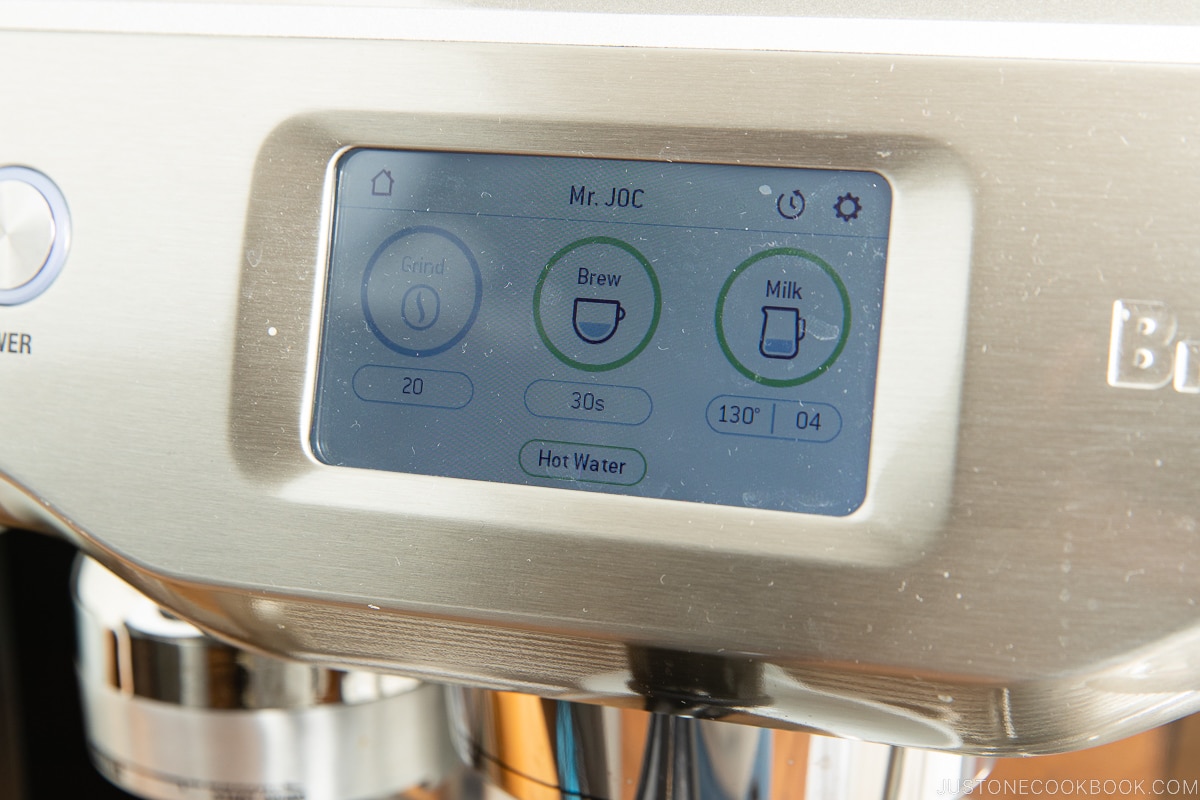
There are many types of home espresso machines. From manual ones that require hand pumps to the convenient Nespresso pod systems. Excluding the manual and pod systems, home espresso machines fall under mostly 3 broad categories:
- Semi-automatic espresso machines – has a lever for water and need to manually control extraction time
- Automatic espresso machine – can stop water based on time or volume
- Super-automatic espresso machines – bean-to-cup machines with an auto frother and coffee grinder
When you’re shopping for an espresso machine online from site to site, they use different features as categories so it could be confusing. The primary features of home espresso machines are:
- Single or double boiler – the temperature for making espresso shots (~203ºF) is different from the steam wand (~255º). Having a double boiler machine allows 2 different temperatures for the water. Single boiler relies on a heat-exchanger to lower the temperature of the water for extracting espresso shots.
- PID (proportional–integral–derivative) controller – accurate and consistent monitoring of temperature
- Plumb vs reservoir for water source
- Touchscreen for control
- Shot timer

Usually, the more pricey an espresso machine is, the more consistent it can pull shot after shot of espresso. The professional ones in coffee shops cost $20k or more.
What’s A Good Espresso Shot
To pull a good espresso shot, some experimentation is required as each machine and brand’s output varies. Generally, for a double shot (standard these days vs. single shot) 18-20 g of coffee is grounded and the output is 28-35 g depending on the user’s preference. The shot should showcase the bean’s flavor and characteristics and not be bitter or sour.
Some coffee companies like Verve Coffee Roasters offer their recommendations for espresso preparation for the beans so it’s easier to match the flavor profile.
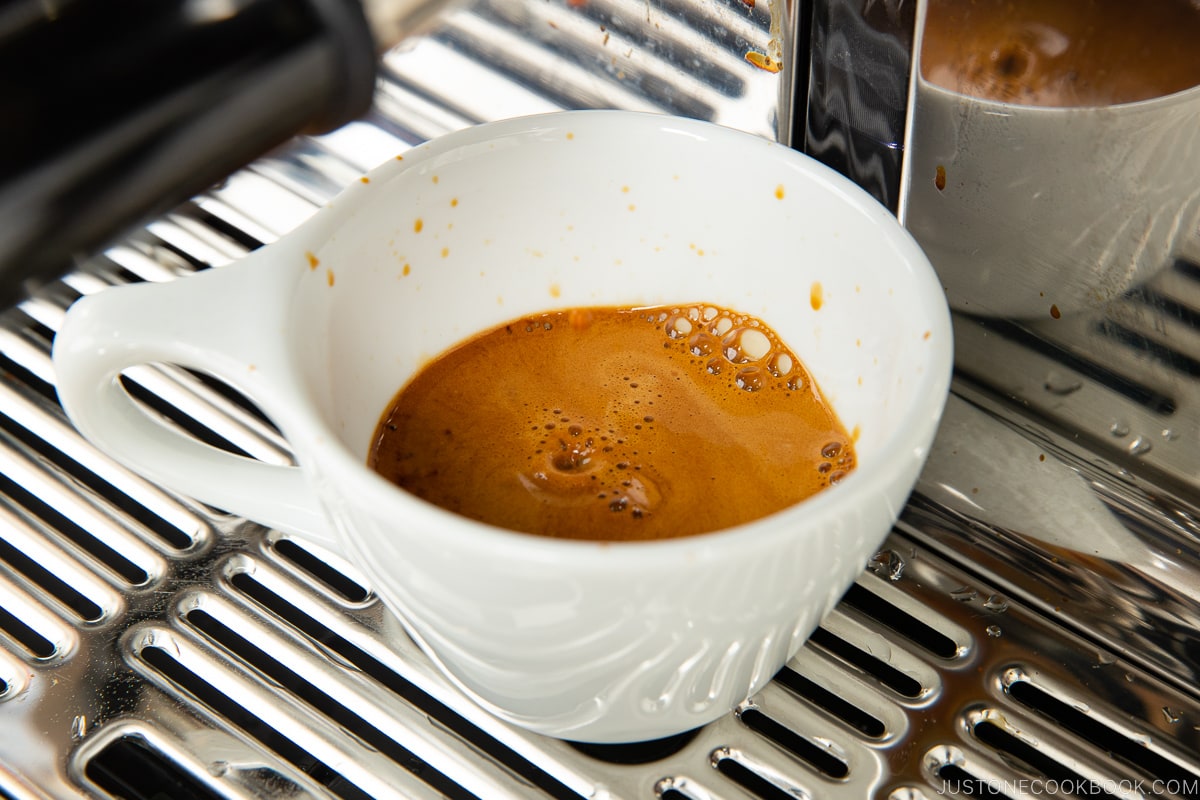
Why We Picked Breville Oracle Touch
We selected Breville Oracle Touch based on several factors. We did not want a super-automatic bean-to-cup machine as part of the fun of making espresso shots is grinding the beans and pulling the shots ourselves.
Since this is our first time owning an espresso machine, the semi-automatic machines by Rocket and other pro-consumer manufacturers looked too intimidating with all the knobs and levers. The Breville Oracle Touch seems like a good compromise and we got it from a big box store with a 25% discount. Most of the big box stores do not carry pro-consumer espresso brands (La Marzocco, Rocket, Saeco, ECM, etc).
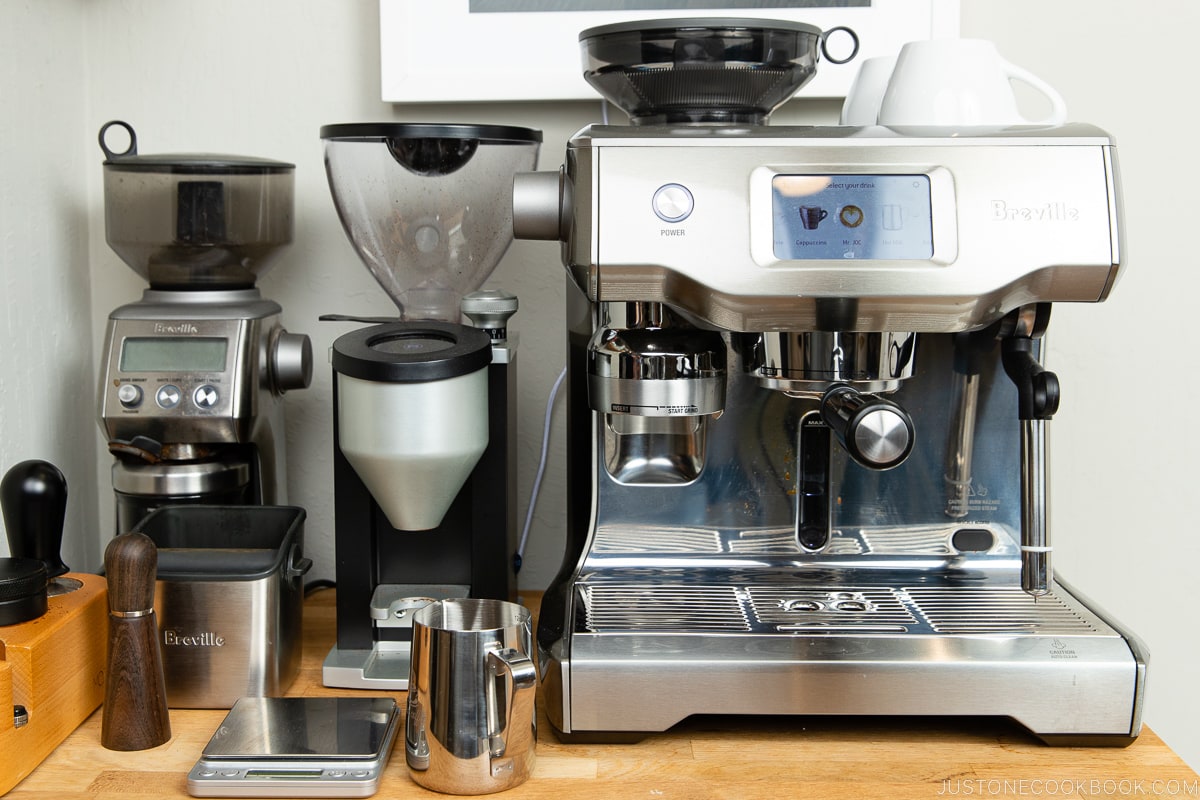
What We Like About Breville Oracle Touch
After owning the machine for 6 months, here are the features we really like about Breville Oracle Touch:
- Digital touch screen for settings
- Dual boiler for espresso extraction and steam wand
- Can set brew time and temperature for espresso shots
- Has many automatic drink selections (though we never use them)
- Can set the steam froth level and milk temperature. It froths milk and creates foam pretty well most of the time.
- The machine can auto-wake in the morning by itself after setting up the daily schedule.
- Digital reminder on when to clean the machine and change the water filter.
- Hidden tool compartment
- Front refill water reservoir (some espresso machines can only be refilled in the back it’s not easily accessible). The water tank can be removed from the back.
- Easy to clean and maintain with a removable drip tray
- Stainless steel exterior which is easy to wipe down
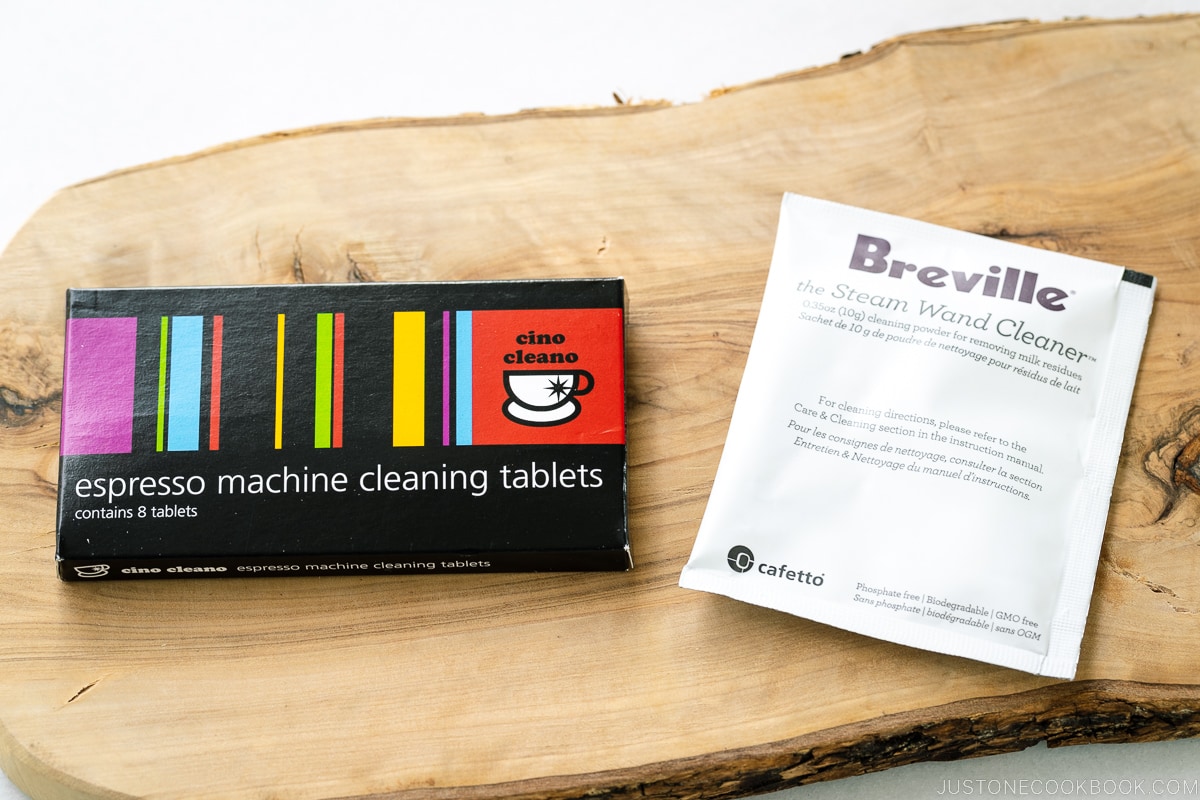
What We Dislike About Breville Oracle Touch
The number one issue with Breville Oracle Touch is that it’s very inconsistent. Since I make at least 2 cups every morning using the same exact process it’s very easy to tell the differences. These includes:
- Inconsistency with the grinder and tamp fan. The number for the grind setting is arbitrary and the same number doesn’t output the same from day to day. The tamp fan also dose very inconsistent amounts of ground coffee. As the amount of coffee will affect the extraction time (less coffee = faster extraction), you end up with different-tasting espresso even with the same settings.
- Inconsistent milk texture with the same volume and type of milk. It doesn’t bother us too much but doesn’t help with trying to get better with latte art.
- Inconsistent espresso volume output. With the same amount of ground coffee, the output of espresso could vary by 2-5 grams.
- Some of the digital buttons are difficult to press, like hot water.
The dosing of the ground coffee was so inconsistent we gave up using the grinder and bought a separate Rocket Espresso Faustino Espresso Grinder.
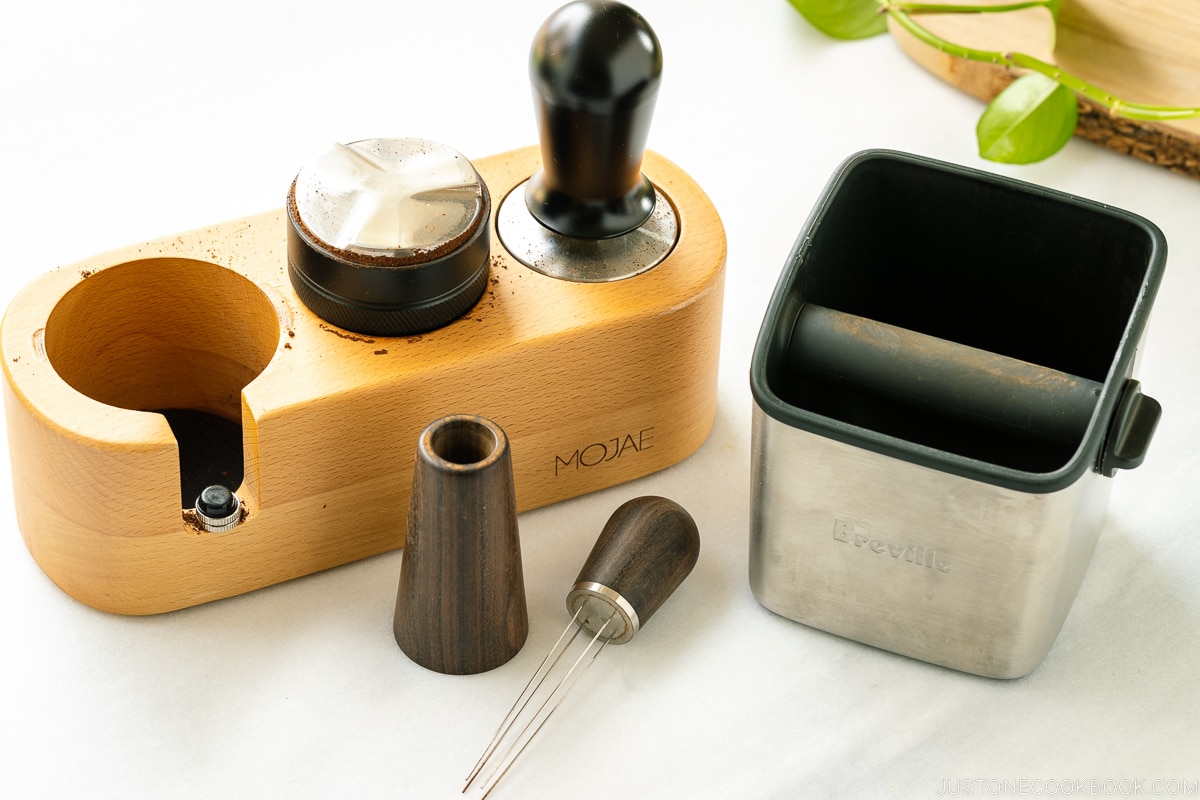
How I Make My Espresso
It was a bit clumsy at first trying to pull espresso shots. However, after 6 months of practice, it became a comfortable process. Here are my steps for making espressos, especially with a new bag of beans.
- Measure 18-20 g coffee beans. This depends on how large the beans are and the volume after grinding.
- Grind coffee beans and use WDT (Weiss Distribution Technique) tool to break up clumps.
- Use a distributor to even the ground.
- Tamp the ground with a calibrated tamper (ideally 30 lbs).
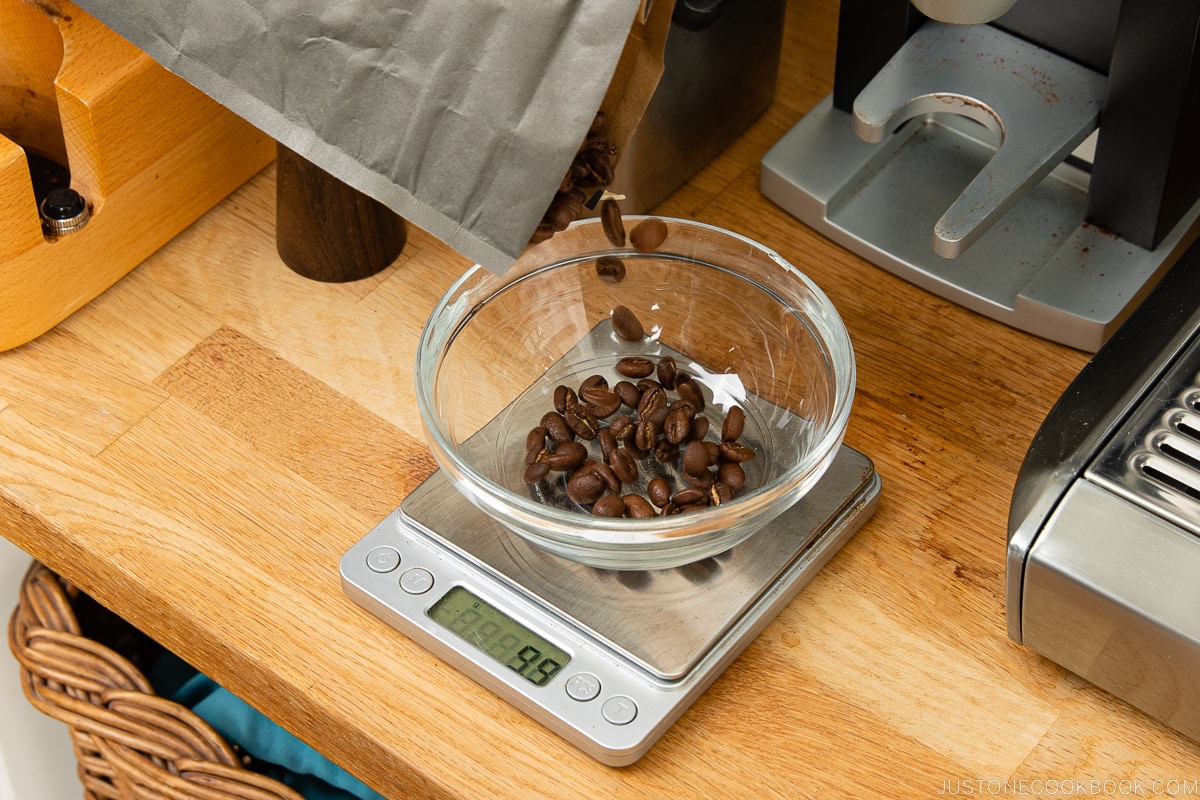
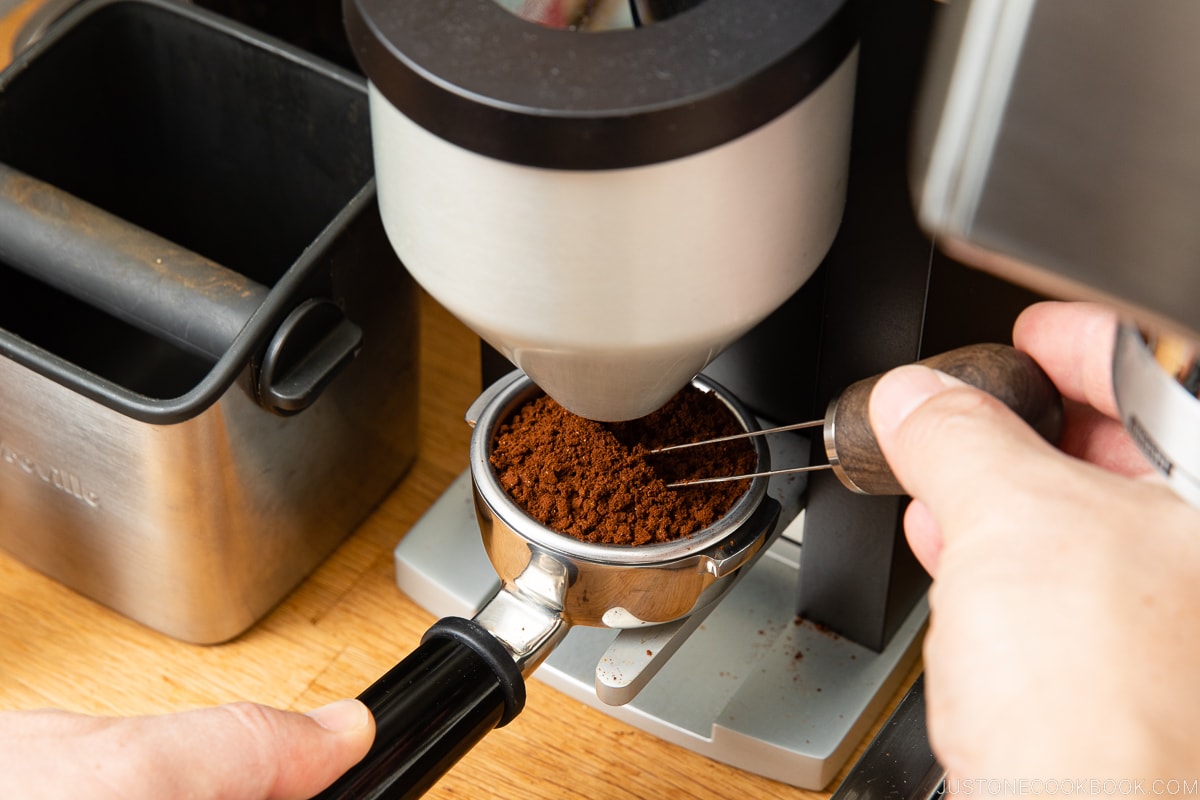
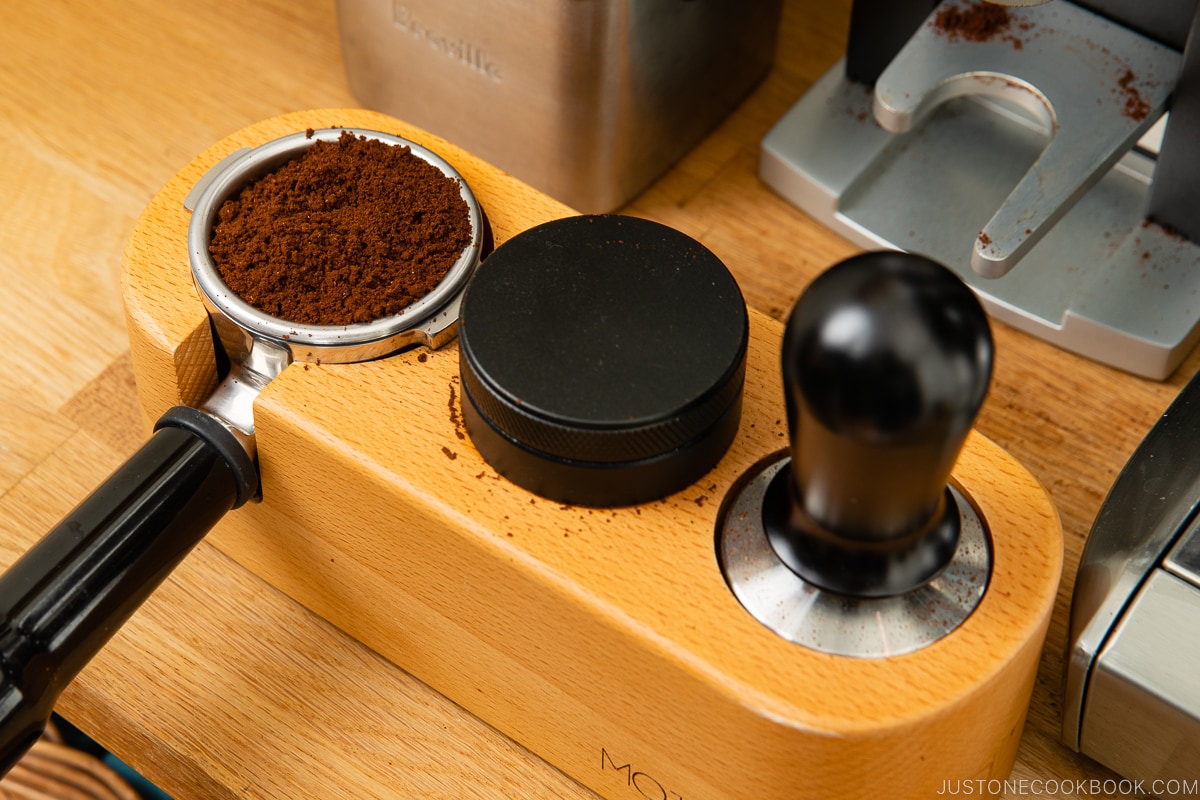
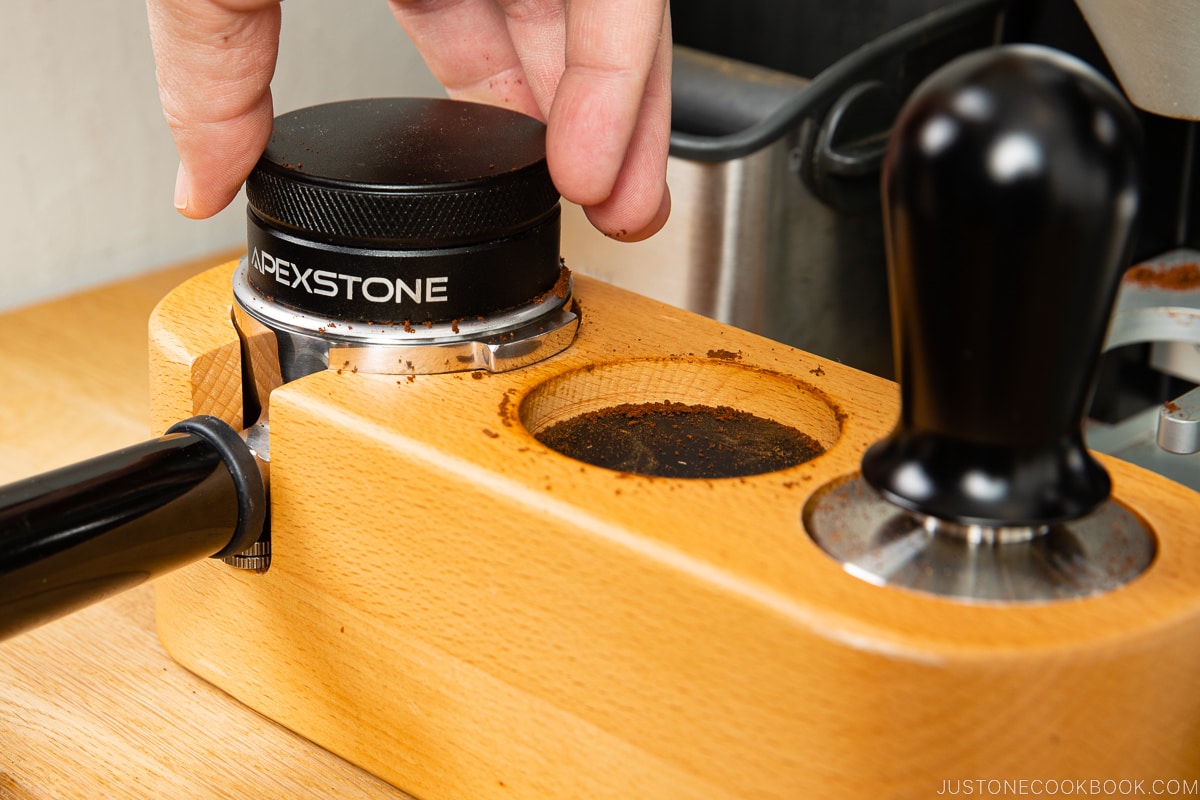
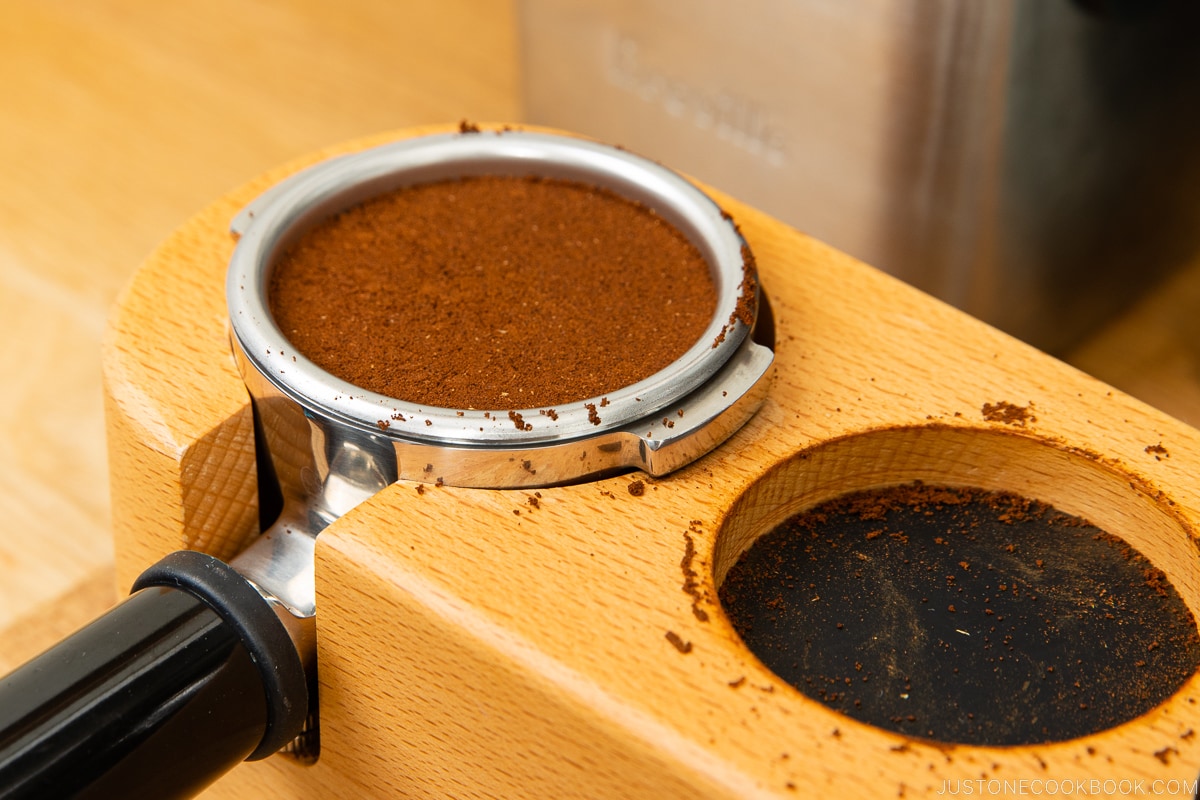
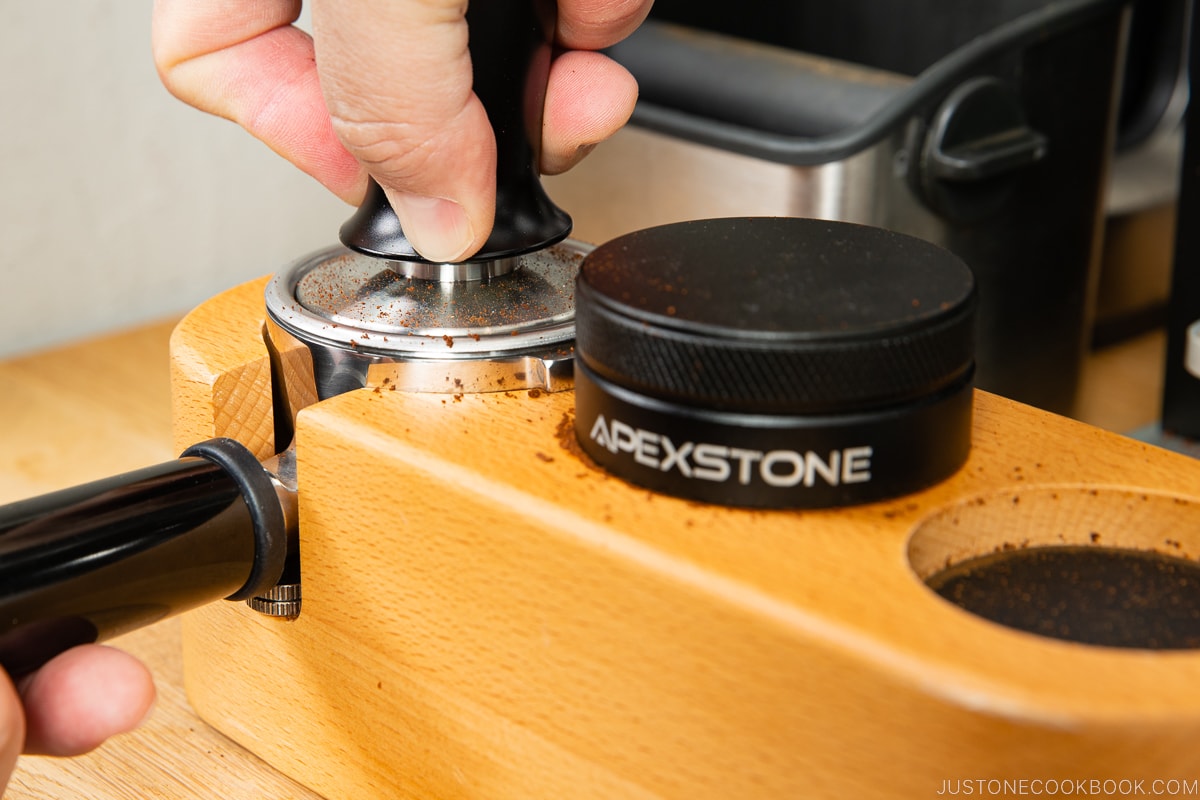
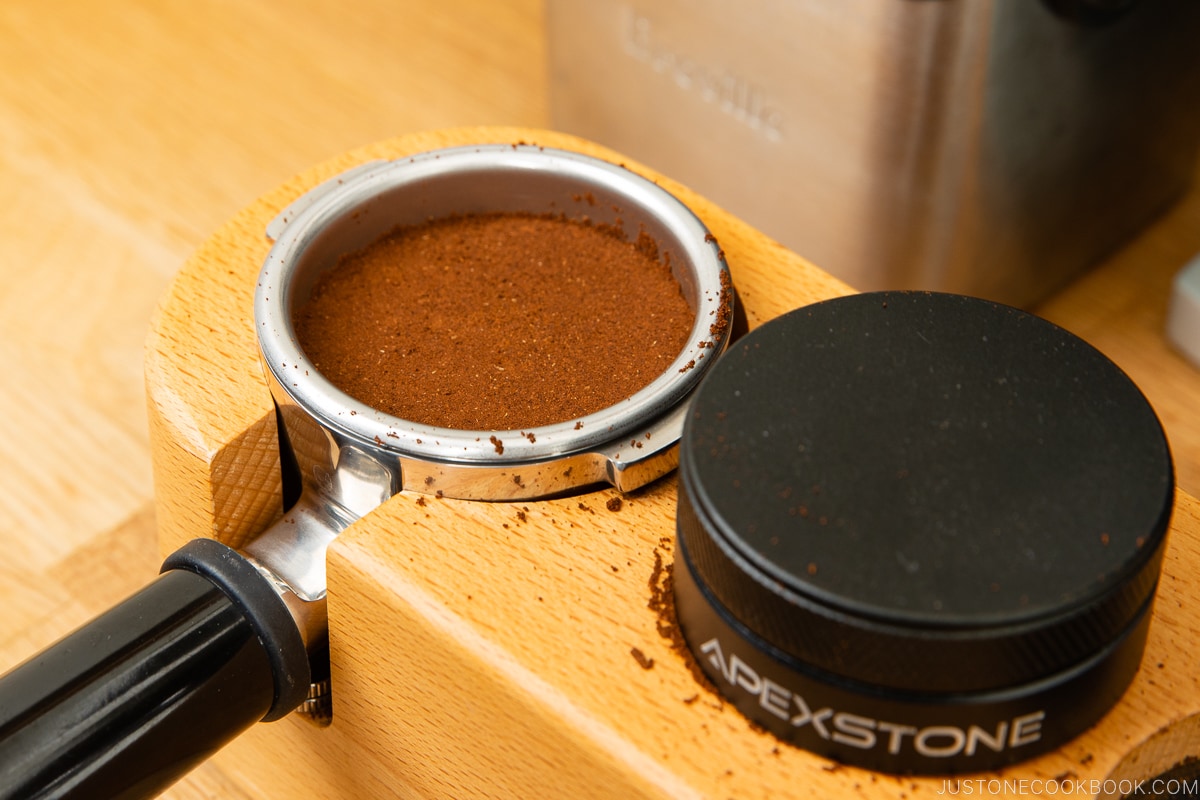
- Start coffee extraction for 30 seconds.
- After extracting, weigh the espresso to see the ratio of coffee and espresso output. The shot should be around 30 grams.
- Taste the espresso to see if it’s over or under-extracted. Adjust the grind for the next shot if necessary.
- Froth milk, add, and enjoy.
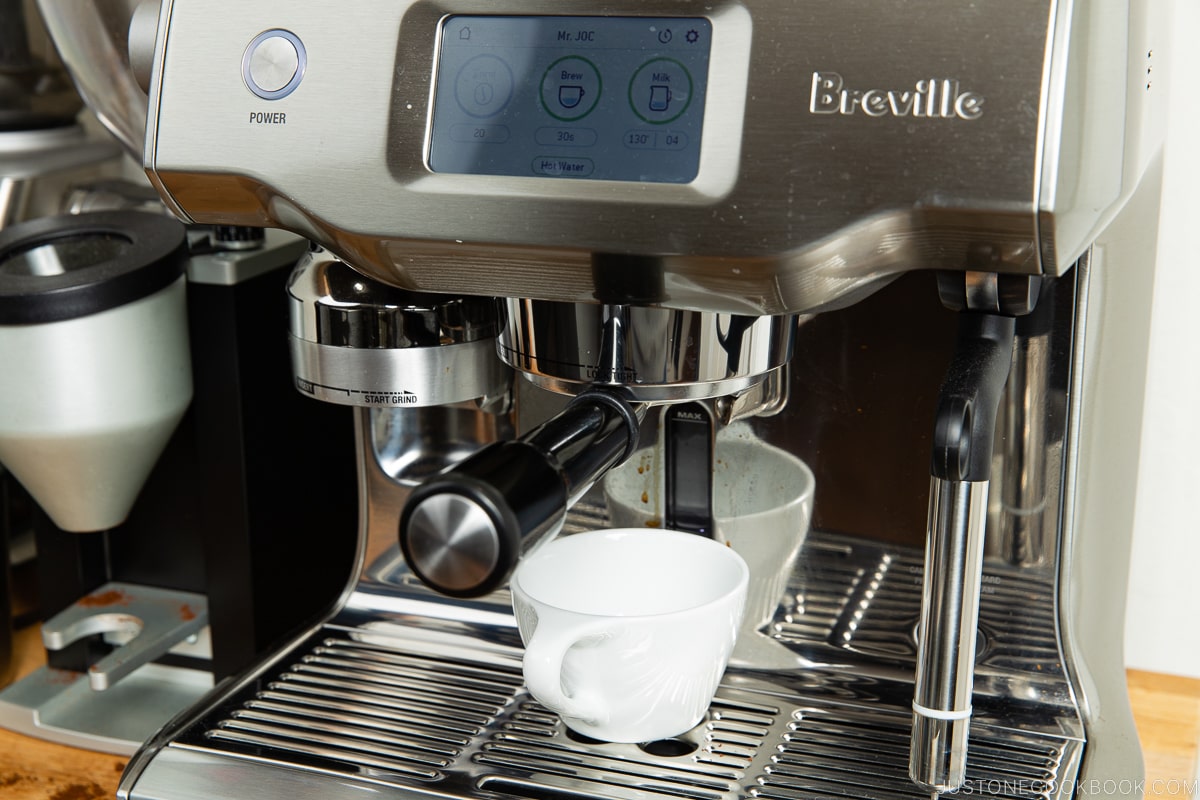
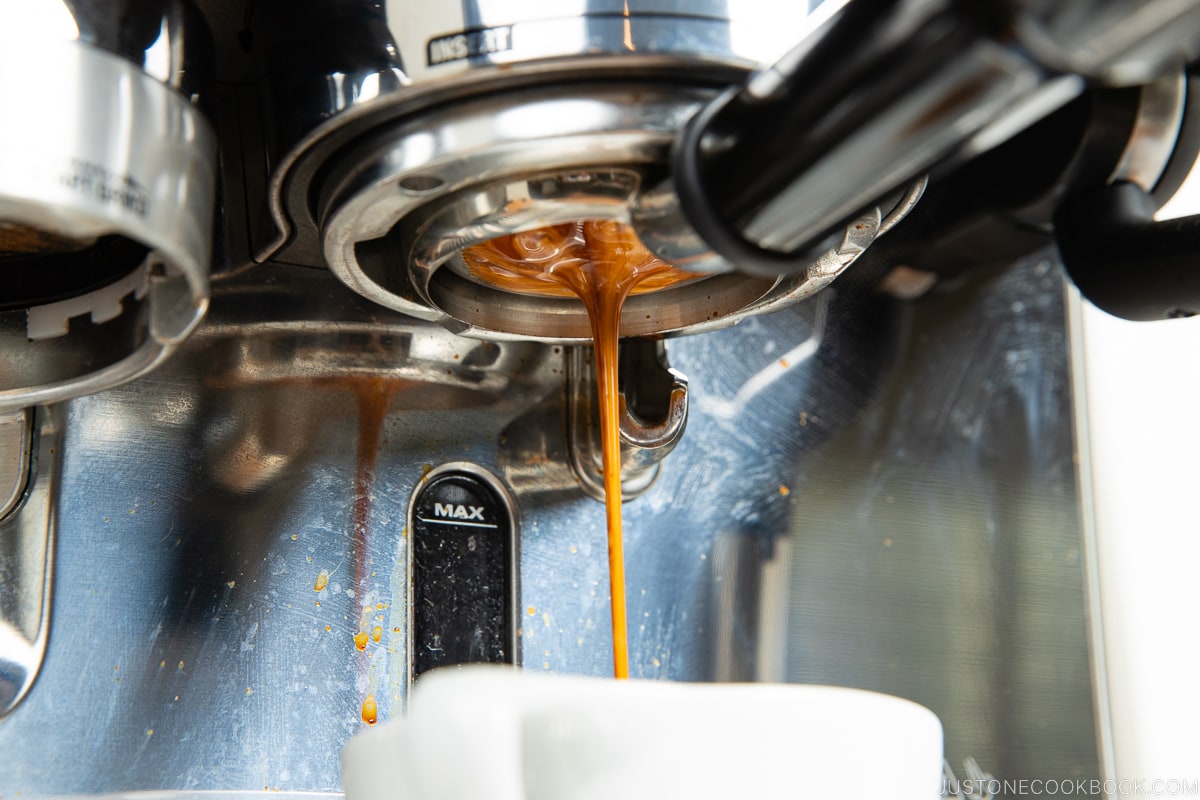
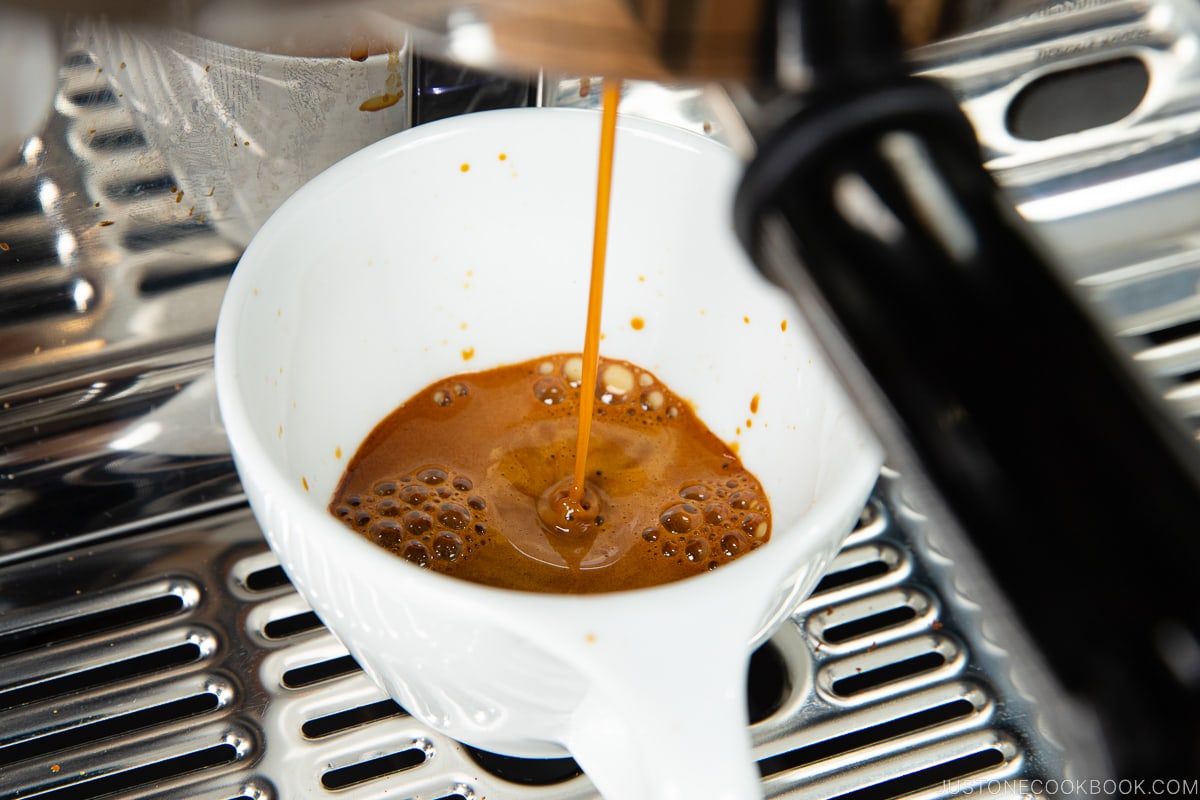
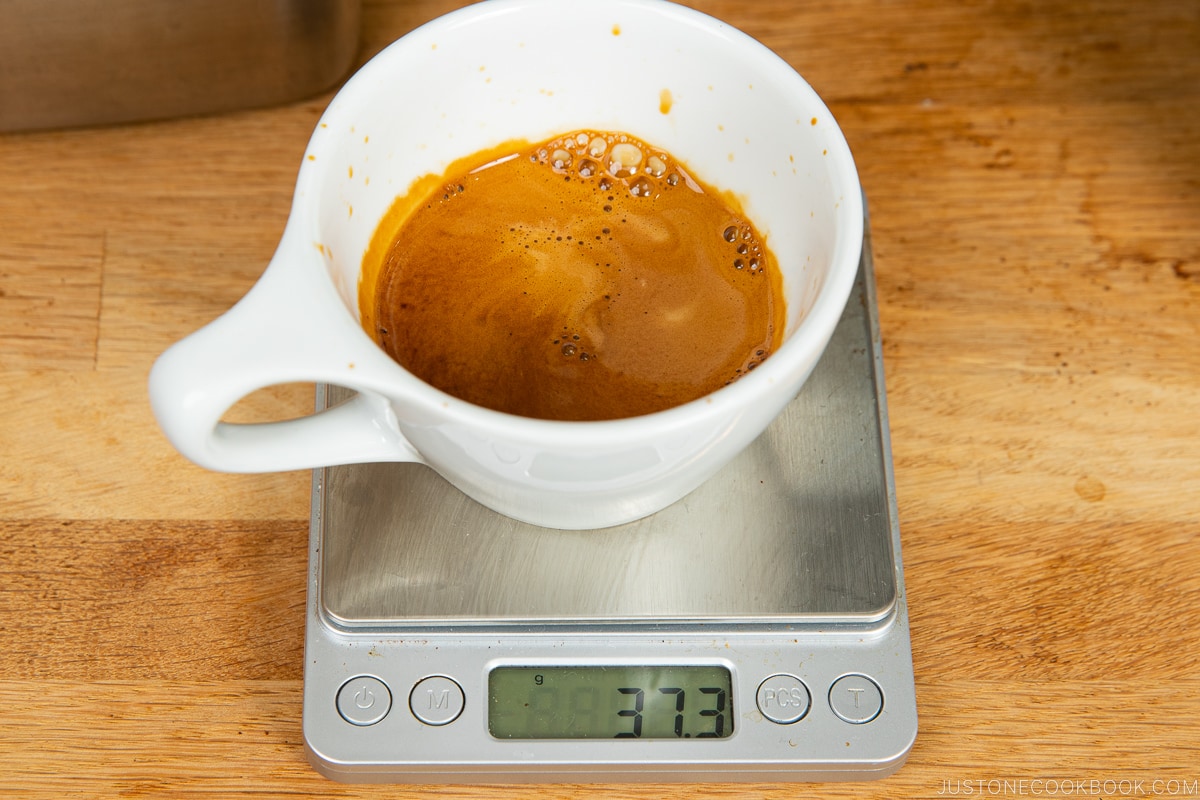
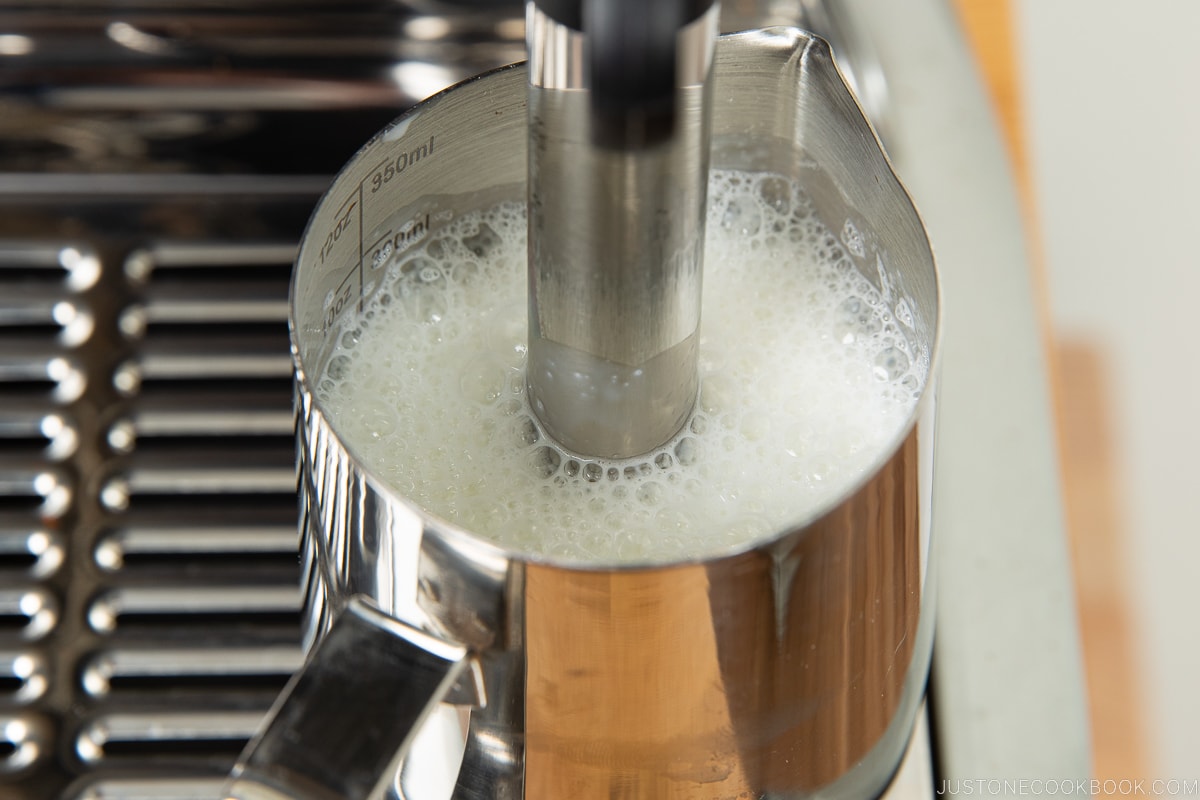
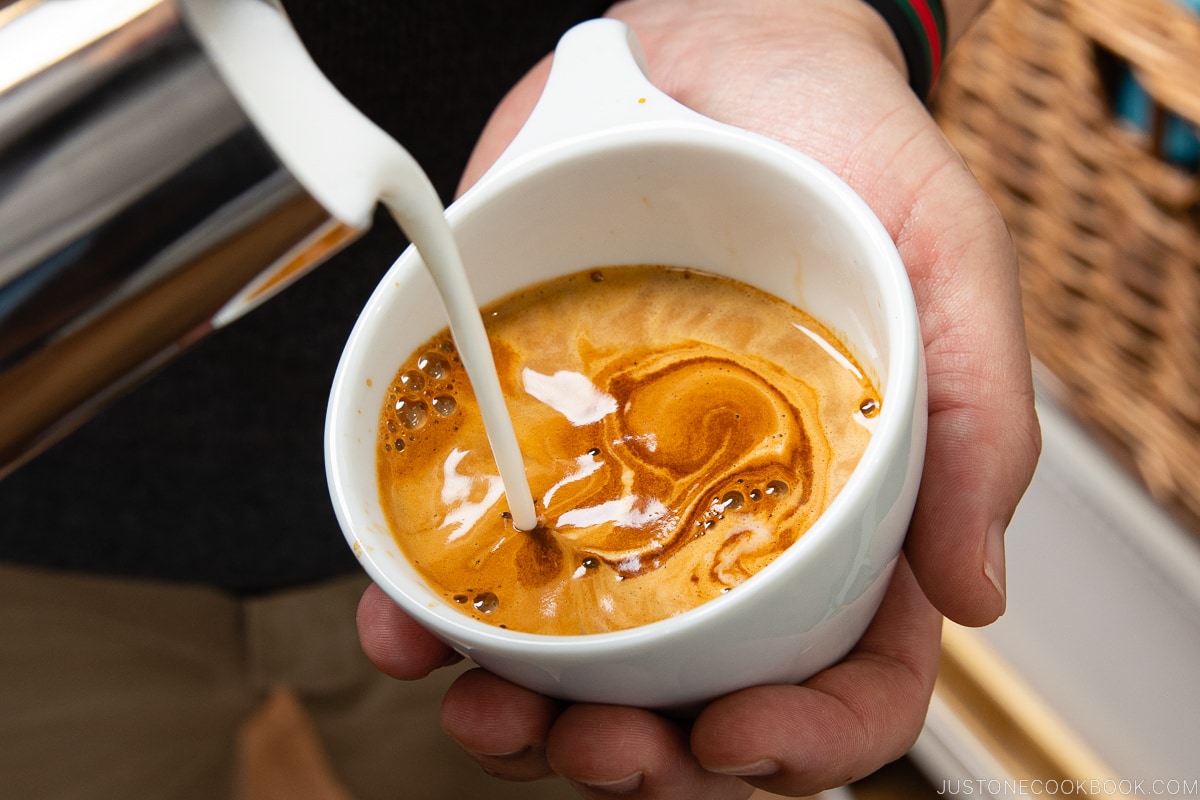
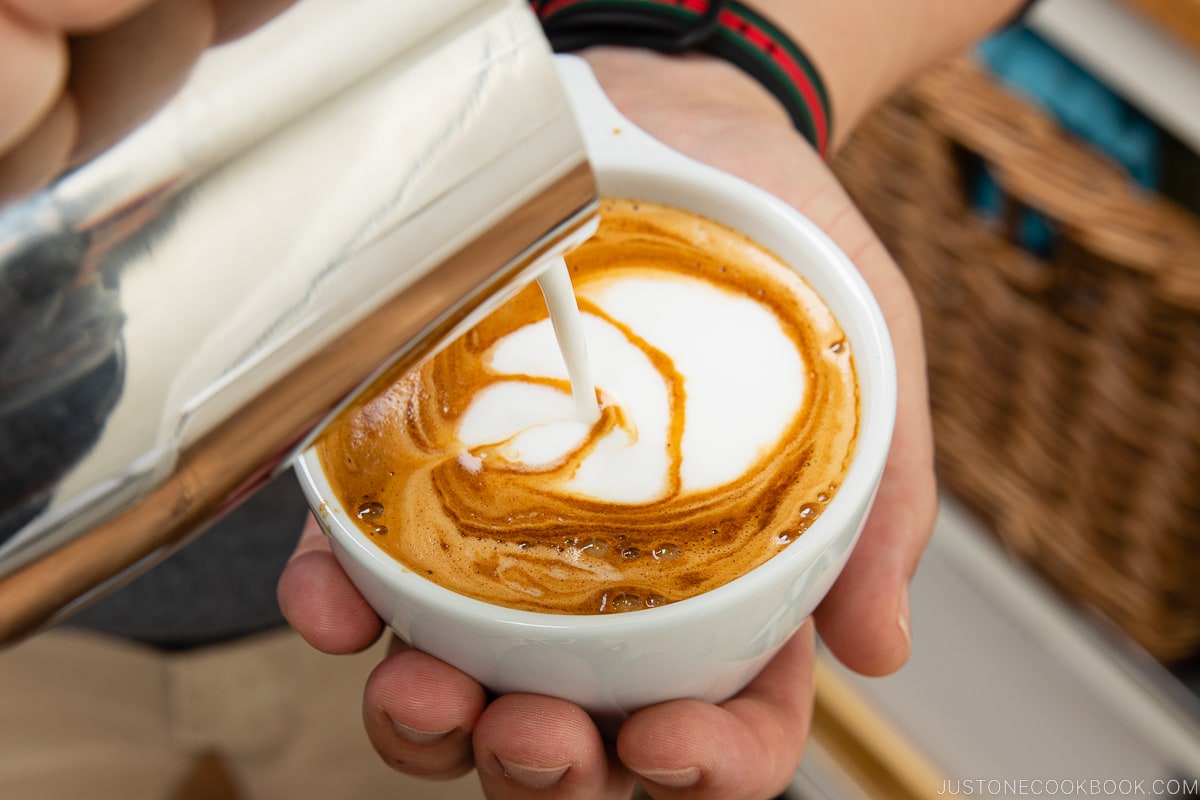
Beginner Espresso Tips:
As we have a long way to go with our espresso journey, here are some beginner tips I can share with you:
- Buy suitable beans, usually medium to medium-dark roasts. Light roast beans tend to be more acidic so it’s hard to tell if you are under-extracted or not.
- Don’t get frustrated. It’s a bit confusing at first why the espresso shots do not taste good but just start eliminating factors. Weigh the ground coffee and shots to determine what could have gone wrong.
- Don’t use different beans every day. Stick with one bean and figure out the best settings for it. I typically do not change the beans until the bag is finished.
- Buy equipment that will help you, calibrated tamper, WDT tool, distributorand scale.
- Use the correct size mugs to practice latte art. I like these mugs. Larger mugs are easier to practice latte art.
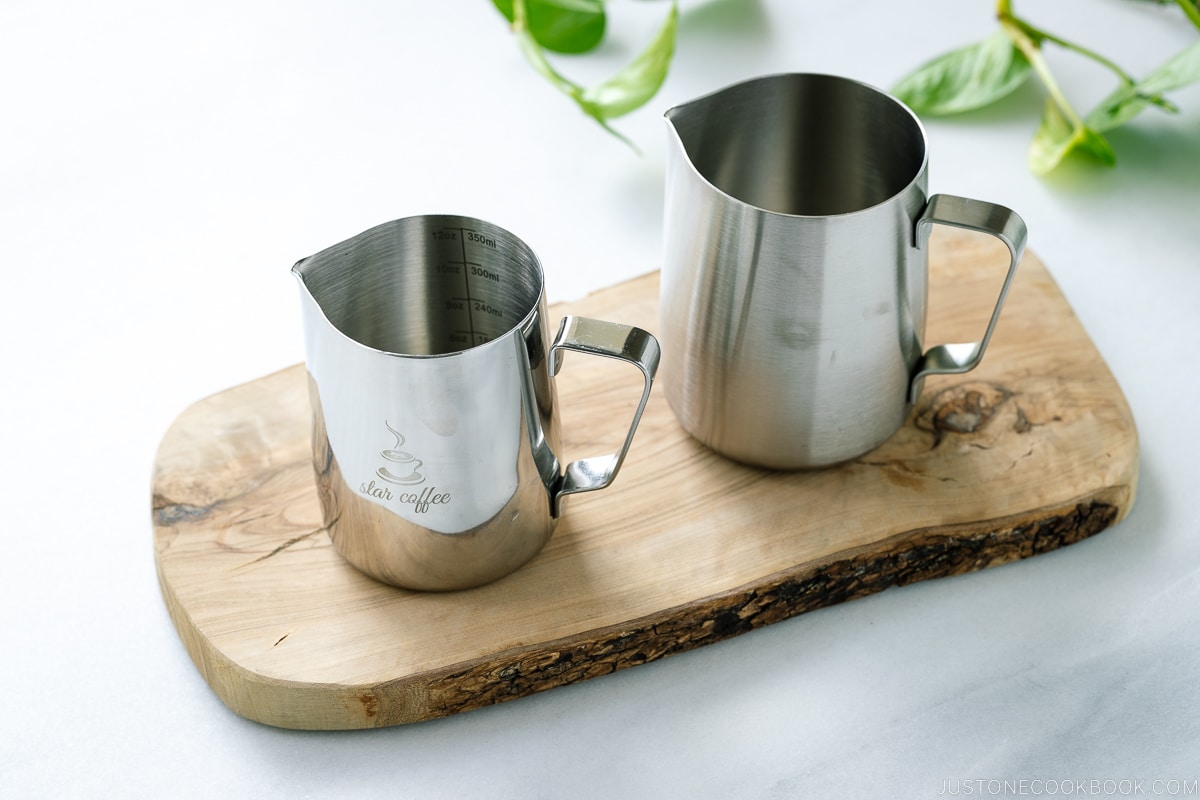
- Use milk froth jug with measurement labeled.
- Use a disposable towel for cleaning the steam wand. They smell after a while even after rinsing.
- Filter water beforehand.
- Use freshly roasted beans. Avoid buying beans roasted more than 1 week ago.
- Use bottomless portafilter. Easier to clean and you can see if you tamped the coffee ground correctly. If you don’t, the shot will spray all over the machine.
- Make sure you know the size of your portafilter before buying the accessories (comes in 51, 54, and 58 mm).
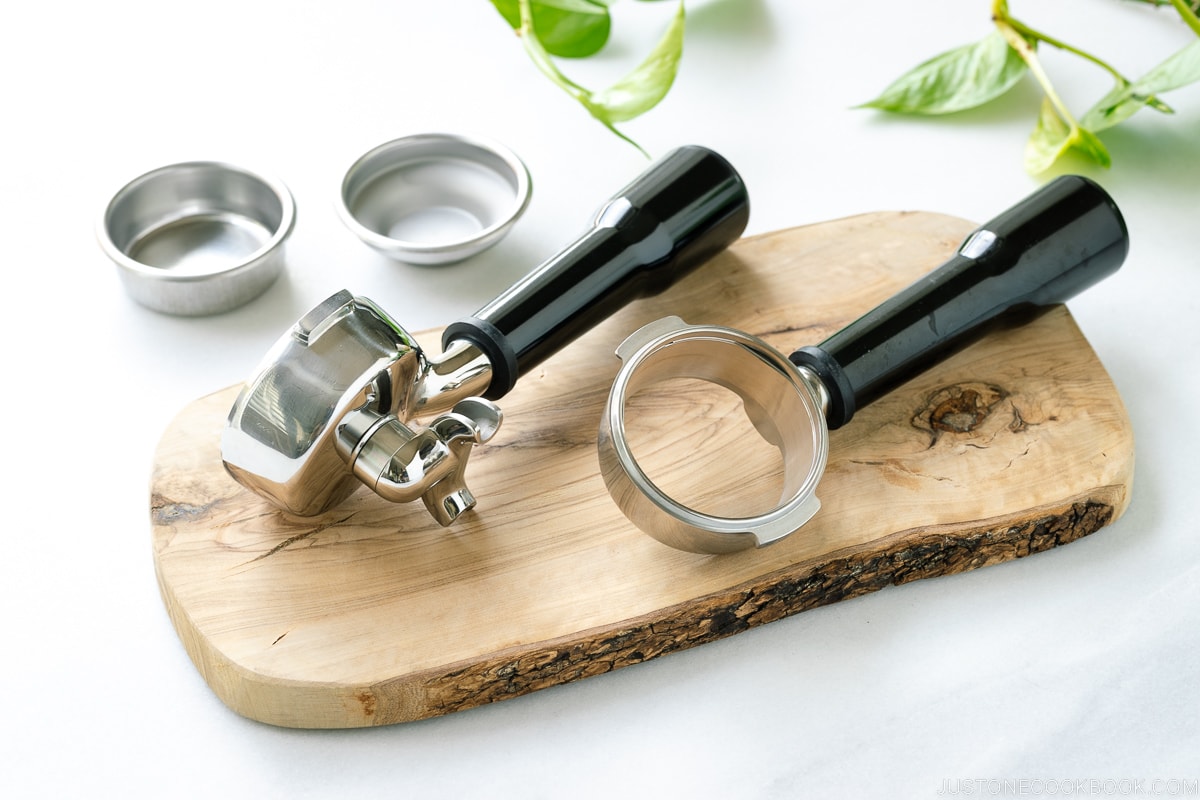
If you have been looking into getting an espresso machine, I hope our experience has been helpful in your decision-making. We don’t regret getting Breville Oracle Touch despite its inconsistencies. It is a great investment as we’re using it each day and making great coffee drinks. If you’re planning to drink mostly espresso shots, we would recommend a different machine for consistency because it could be very frustrating with Breville Oracle Touch. If you plan on doing latte, cappuccino, and other milk coffee drinks, then it’s more than adequate.
Lastly, if you are looking for a more professional model, a lot of professional Baristas recommend Breville’s Dual Boiler for home use.
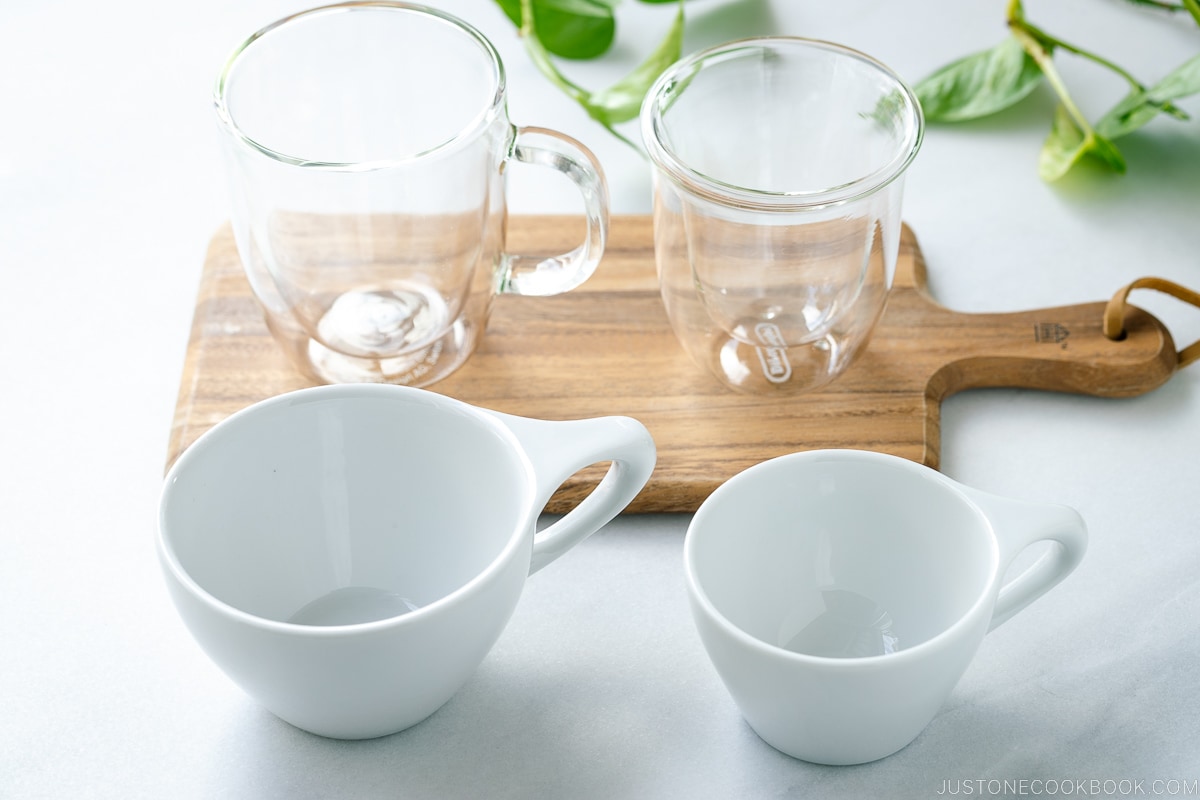
One of the books on espresso that a JOC reader recommended to us is Espresso Perfection by David C. Schomer. It’s very helpful and gets quite technical if you’re interested in learning more about coffee, espresso machines, and how to make espressos properly.
Lastly, thank you to all the JOC Instagram followers for your support over the past 6 months. Despite my poor latte art doodle, your encouragement and support for my latte art journey really kept me going!

